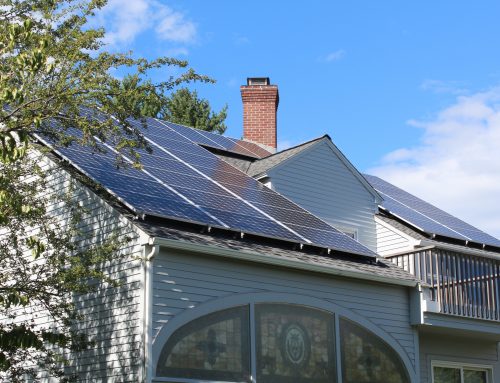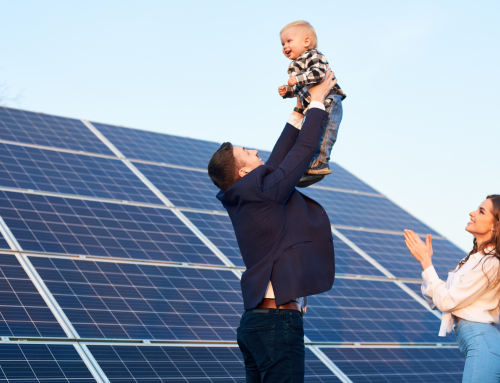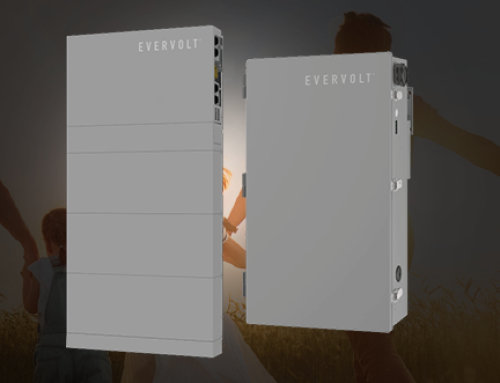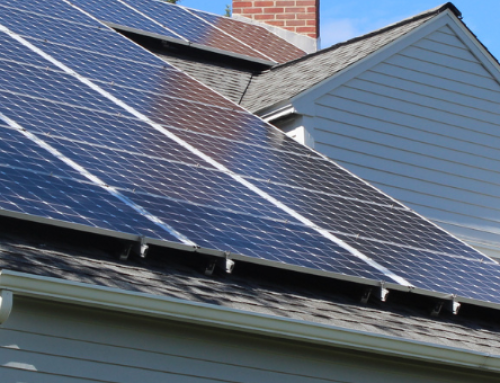Texas is a state known for its large agricultural industry, with many local farmers producing a variety of crops ranging from tomatoes to jalapenos to vines. But in recent years, Texas farmers have been facing new challenges, such as increasing energy costs and limited access to water. However, there are new innovations in the industry that offer solutions to these issues, including Agrivoltaics and solar grazing.
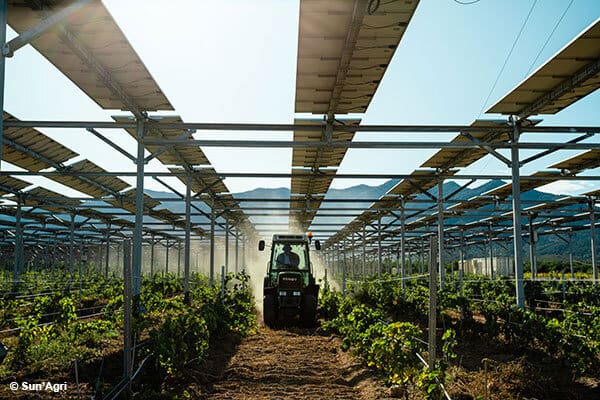
Agrivoltaics is a farming technique that involves the use of solar panels in agricultural fields. This technology has been gaining popularity in recent years, as it offers many benefits to farmers. One of the main advantages of agrivoltaics is that it allows farmers to produce both crops and renewable energy on the same land. By using solar panels to generate electricity, farmers can reduce their energy costs and generate additional income from selling excess energy back to the grid.
But the benefits of agrivoltaics don't stop there. The shade created by the solar panels can help to reduce water evaporation, which is especially important in Texas, where water is a scarce resource. Additionally, the shade provided by the panels can help to protect crops from extreme heat and radiation, which can damage plants and reduce yields.
NuWatt Energy is leading the way in AI-driven Agrivoltaics in Texas. NuWatt Energy uses AI-driven uniaxial solar agrivoltaics to provide the right amount of shade, sun, and water to crops, unlike fixed solar or low-height arrays. This allows for maximum crop growth and energy production while minimizing the impact on the environment. The company also provides monitoring and maintenance services to ensure that the system is functioning properly and efficiently.
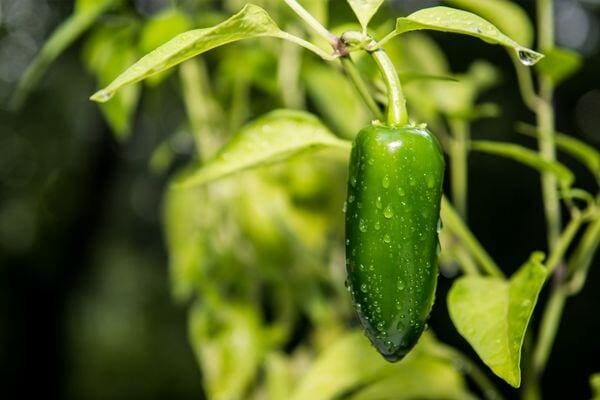
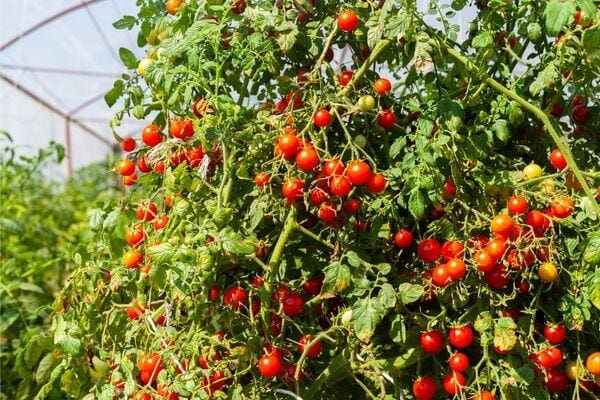
In addition to Agrivoltaics, solar grazing is another innovative solution for Texas farmers. Solar grazing involves the use of livestock to maintain the grass under and around solar panels. By using animals to graze on the grass, farmers can reduce the amount of herbicides and pesticides needed to maintain the site, which is better for the environment and safer for the animals.
Solar grazing can also help to increase the productivity of the land. By allowing livestock to graze under the solar panels, farmers can create a symbiotic relationship between their animals and crops. The animals provide natural fertilization, which can help to improve soil health and increase crop yields. Additionally, the animals can help to control weeds and pests, which can reduce the need for chemical interventions.
When exploring the potential of Agrivoltaics, it's crucial to assess the project's economic feasibility. This involves considering the equipment, labor, and maintenance costs associated with the installation and operation of the system. Developing a successful Agrivoltaics project requires a thorough and collaborative planning process that involves the expertise of both solar energy and agriculture specialists.
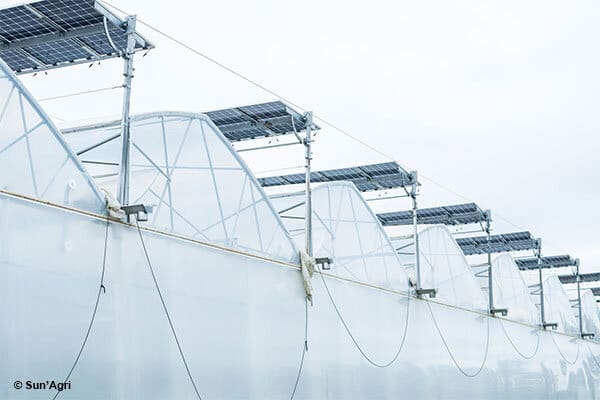
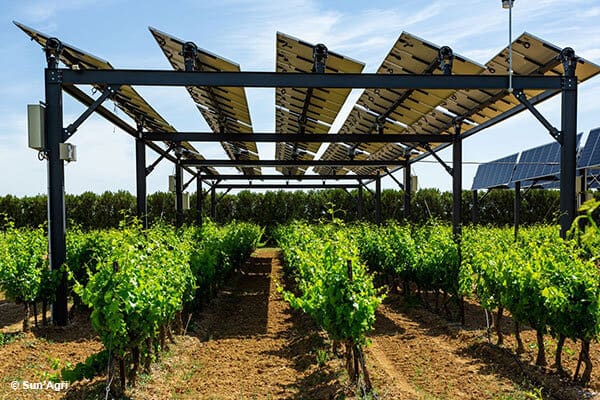
At NuWatt Energy, we recognize the importance of making Agrivoltaics a practical and affordable solution for all stakeholders involved. That's why we work closely with our partners, including Sun'Agri, the University of Massachusetts, and financial institutions, to promote and mainstream Agrivoltaic solutions. We work with farmers from the early stages of the project, all the way through to the commissioning process, to ensure their needs and goals are met. By collaborating with a diverse group of experts and stakeholders, we can help drive the adoption of Agrivoltaics and create a more sustainable future for all.

